
-
Ten everyday lessons
Read more: Ten everyday lessonsChantelle Gray offers a vivid tribute to Deleuze and Guattari’s radical becomings, calling for creative resistance and world-making.


Chantelle Gray offers a vivid tribute to Deleuze and Guattari’s radical becomings, calling for creative resistance and world-making.
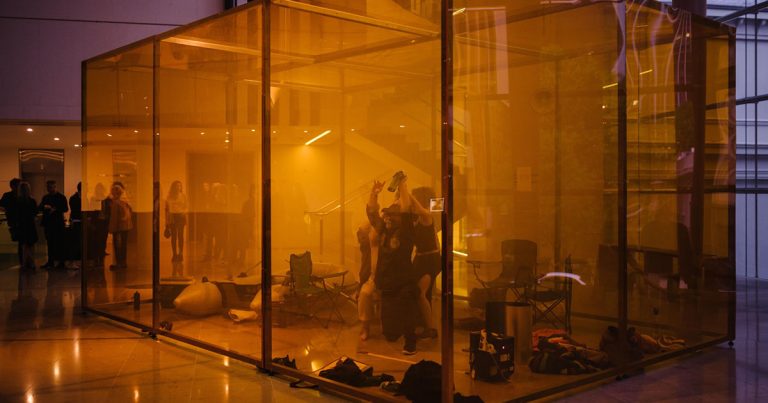
In our current moment of climate crisis, Lucy Benjamin delves into the thinking of Hannah Arendt to unearth the environmentalism at its core
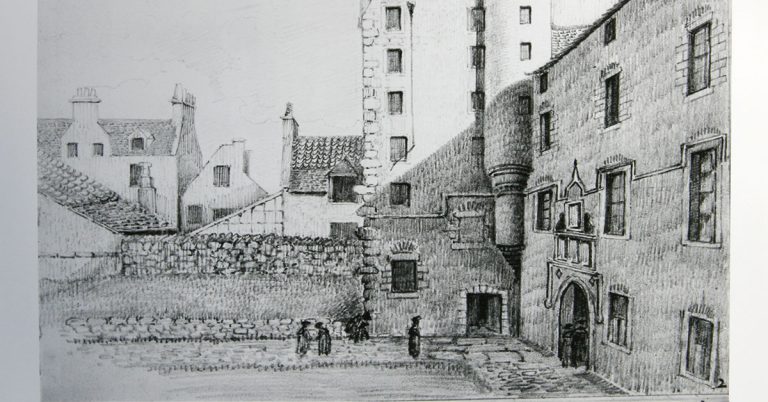
Gordon Graham re-assesses neglected critics of David Hume, four of whom formed the vanguard of Enlightenment thinking in Aberdeen.
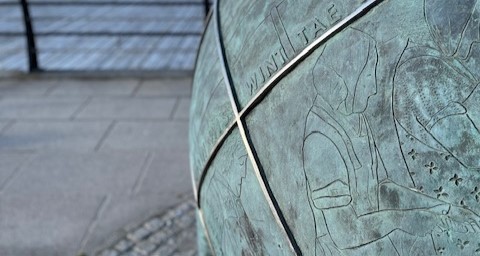
Véronique Molinari explores how four people united forces to help young Shetlanders emigrate to Australia
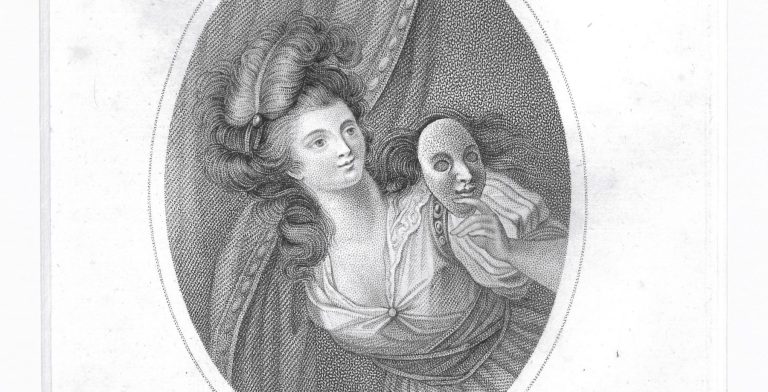
Caroline Breashears introduces the theatre star and political insider who may have influenced one of the greatest 18th century philosophers
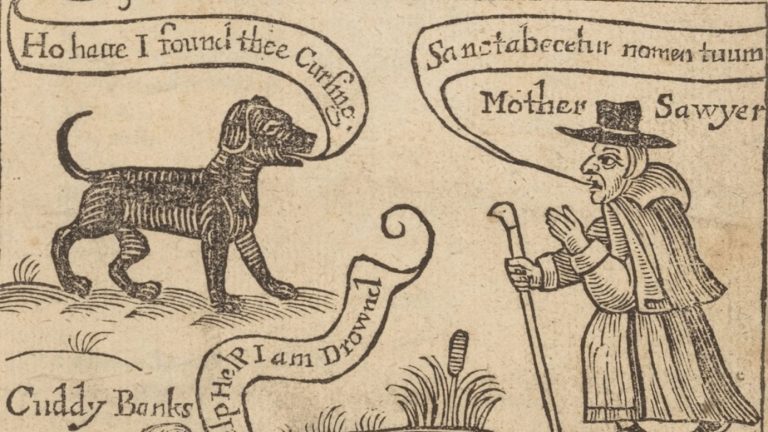
From royal gifts to diabolic manifestations, Nicole Maceira Cumming explores the varied ways dogs appear in the historical record

Masayuki Ueno re-evaluates how the Ottoman Empire managed religious minorities from the early days of the empire to the nineteenth century.
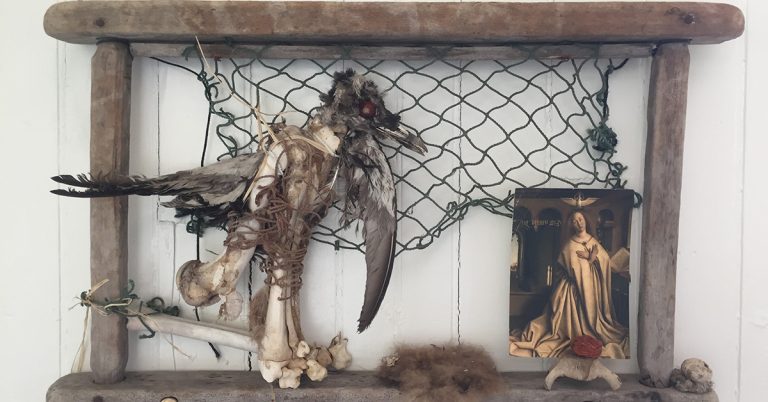
Séan Kennedy and Joseph Valente, editors of Irish Shame, explore the intricate relationship between empathy and shame in this blog.

Benjamin P. Davis explores the influence of Edward Said on his novel reading of humanity in decolonial theory.

Peter Pál Pelbart reflects on his journey towards the philosophy of Gilles Deleuze, which began 40 years ago with a copy of Anti-Oedipus.

Discover five standout audio productions of Shakespeare's works, picked by Andrea Smith, author of Shakespeare on the Radio.